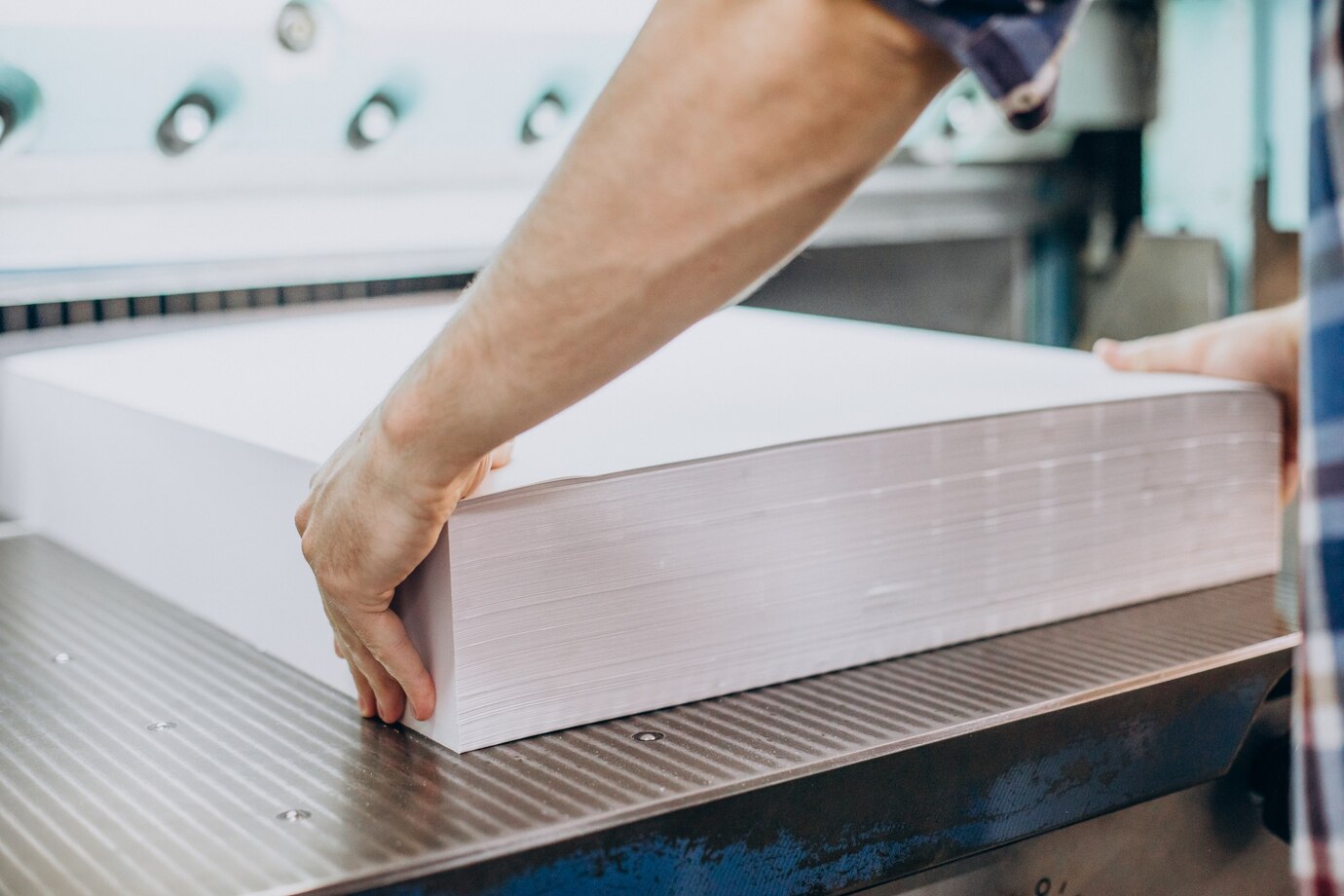Paperboard: A Comprehensive Guide to Types, Uses, and Benefits
Paperboard is a versatile material that has revolutionized various industries, particularly packaging. While paperboard slip sheets are one of its innovative applications, understanding the broader scope of paperboard is essential for businesses and consumers alike. This guide explores the different types of paperboard, its manufacturing process, properties, sustainability aspects, and diverse applications.
What is Paperboard?
Paperboard is a thick, paper-based material known for its durability and versatility. It is commonly used in packaging, printing, and signage due to its strength and printability. Paperboard is categorized into several types, each with unique properties and applications.
Types of Paperboard
Solid Bleached Sulfate (SBS): Made from bleached virgin wood pulp, SBS is known for its superior quality and printability. It is often used in high-end packaging, such as cosmetics and pharmaceuticals.
Coated Recycled Board (CRB): Comprising recycled fibers, CRB is an eco-friendly option used in packaging for dry foods, toys, and household items.
Folding Box Board (FBB): Known for its stiffness and foldability, FBB is ideal for packaging that requires intricate designs, such as food and beverage cartons.
Manufacturing Process
The manufacturing of paperboard involves pulping wood fibers, which are then pressed and dried to form sheets. Depending on the type, additional coatings may be applied to enhance properties like moisture resistance and printability.

Properties of Paperboard
Strength and Stiffness: Paperboard's robust structure makes it suitable for protecting products during transportation.
Printability: Its smooth surface allows for high-quality printing, making it ideal for branding and marketing.
Foldability: Certain types of paperboard can be easily folded without cracking, perfect for creating complex packaging designs.
Sustainability of Paperboard
Paperboard is a sustainable material, often made from renewable resources and fully recyclable. Its production typically involves less energy and water compared to other packaging materials, reducing its environmental impact.
Applications of Paperboard
Packaging: From food and beverages to electronics, paperboard is a preferred choice for packaging due to its protective qualities and aesthetic appeal.
Printing and Signage: Its excellent printability makes paperboard ideal for creating eye-catching signs and promotional materials.
Slip Sheets: As an alternative to wooden pallets, paperboard slip sheets offer cost savings and environmental benefits in material handling and transportation.
Paperboard Slip Sheets: Environmental and Cost Benefits
Paperboard slip sheets are flat, sturdy sheets designed to replace traditional wooden pallets. They are crafted from high-quality virgin or recycled fibers, providing a robust structure that can support significant weight loads. The use of paperboard slip sheets can reduce packaging costs by up to 40% and carbon emissions by up to 60%, according to industry reports.
Key Benefits of Paperboard Slip Sheets
Cost-Effectiveness: Lower procurement and shipping costs due to their lightweight nature.
Environmental Sustainability: 100% recyclable and biodegradable, aligning with modern sustainability goals.
Space Optimization: Thin profile allows for efficient storage and transportation.
Future Trends and Innovations in Paperboard
The paperboard industry is continuously evolving, with innovations such as smart integration with RFID tags for improved inventory management and enhanced durability through new coating technologies. Customization options are also expanding, allowing businesses to tailor paperboard solutions to their specific needs.
Paperboard is a critical material in modern packaging and beyond, offering a blend of strength, sustainability, and versatility. As industries continue to prioritize environmental responsibility and cost efficiency, the role of paperboard in various applications is set to grow. By understanding the different types, properties, and benefits of paperboard, businesses can make informed decisions that align with their operational and environmental goals.